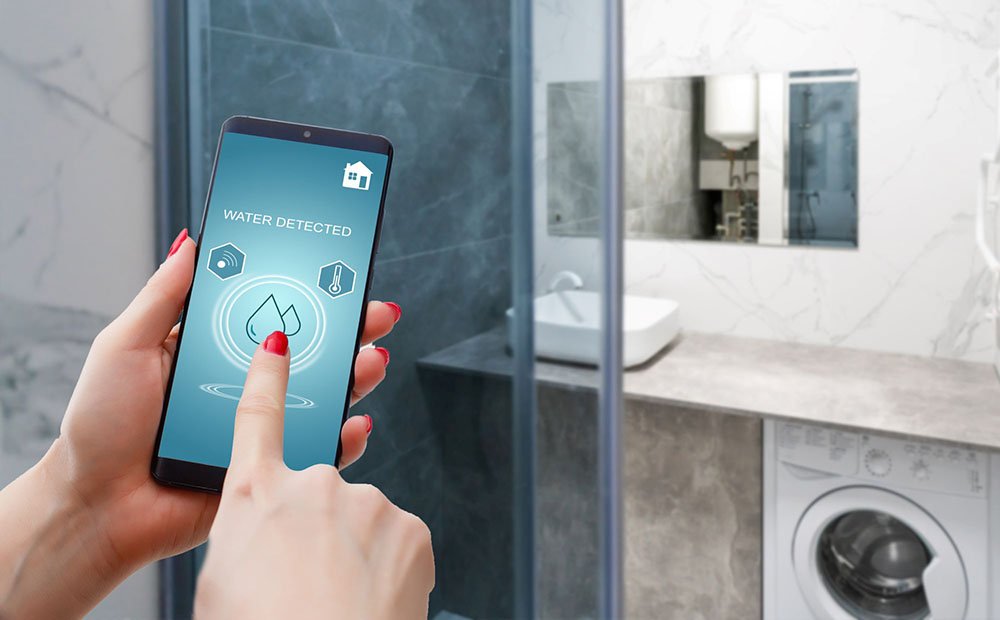Minor problems like leaks or clogs or, in worst cases, storm floods can lead to water damage. Regardless of the severity of the cause, excess water is never a welcome visitor in anyone’s home.
Fortunately, repairing a water-damaged home isn’t something you need to go through alone. Water damage repair and certified mold remediation companies can help save a lot of stress and hassle. They have the expertise and equipment to handle water damage effectively and efficiently, minimizing the risk of further damage to your property. They can also help prevent mold growth, which can be a significant health hazard
If you’re facing water damage, don’t worry. While it may look like a daunting situation to face, repairing water damage is a lot more straightforward than you think. This article provides a step-by-step guide to ensure you get the job done correctly.
Table of Contents
Call Your Insurance Company
If your home insurance policy covers water damage, your insurance company may be able to help cover some or all of the cost of repairs. It’s essential to contact them as soon as possible so they can send an adjuster to assess the damage to your home. The adjuster will determine whether your insurance policy covers the loss.
However, it’s important to note that as the homeowner, you should not rely solely on the insurance company’s adjuster. If their assessment is not accurate, you may not receive the total amount covered in your policy. To ensure that you receive fair compensation, it’s a good idea to take photos and document the value of every item before, during, and after the cleanup. This will help support your claim and ensure that you receive the compensation you deserve.
Locate The Source
When dealing with water damage, it’s crucial to locate the source of the problem. Knowing what is causing the damage helps solve the root cause of the issue and prevent it from happening again in the future.
For example, if a broken pipe is the cause, turn off the primary water source to stop the flow and call in a professional to fix it. The same applies to cracks in the foundation.
Identifying the source of the problem will also let you know whether the water is sanitary. A burst pipe under the sink may not be ideal, but at least the water is clean. The same can’t be said for floods brought by sewer backup.

Inspect For Mold Growth
Mold can start growing within 24 hours when the conditions are suitable. Mold spores can cause respiratory problems, allergies, and other health issues, especially for people with weakened immune systems. Additionally, mold can cause structural damage to your home, leading to costly repairs. If you spot water damage immediately, mold growth should not be a pressing concern.
However, water damage can occur when you least expect it to, such as when you’ve just come home from a holiday. If you haven’t inspected your home in a while, the likelihood of mold growth becomes significantly higher. Check for mold as soon as possible so you can address the issue promptly and prevent further damage to your health and property.
For minor mold issues, you can cut out the affected material, bag and seal it, and dispose of it. However, for severe mold problems, it’s best to evacuate your home and let the professionals handle it.
Turn Off The Power
If only a small part of your home is flooded, there is no need to turn off the power. In such cases, keeping fans on can help dry out the affected area faster.
However, if you have a significant flood in the basement or ground floor, your home’s electrical outlets may be submerged, posing a safety hazard. In such cases, it’s best to leave the power shut off while you attempt to address the problem. Turning on the power can result in electrical shock or even a fire. Moreover, water can also damage electrical components, leading to further issues down the line.
Before attempting any restoration work, ensure that the power is turned off and that the area is safe to enter. If you’re unsure about the safety of the situation, it’s best to seek professional assistance.
Dry Your Home
Once you’ve identified potential health hazards, you can start drying your home. This involves making every effort to remove all the water from your home, opening all doors and windows to allow air to circulate, and using fans (when it’s safe to turn on power) to reduce humidity levels.
For significant water damage, you may need to keep the fans on for several days to ensure that your home is completely dry. Be patient during the drying process and not rush to declare your home dry.
Final Thoughts
Remember that time is of the essence when dealing with water damage. The first 48 hours after flooding occurs are critical, as you may still be able to salvage many items and prevent extensive damage. The longer you wait, the more damage can occur, making the restoration process more challenging and expensive.
It’s important to note that water damage restoration is not a DIY project, especially if you’re not confident in your ability to fully restore and revive your home. Seeking professional assistance can ensure that the restoration work is done safely and effectively.










